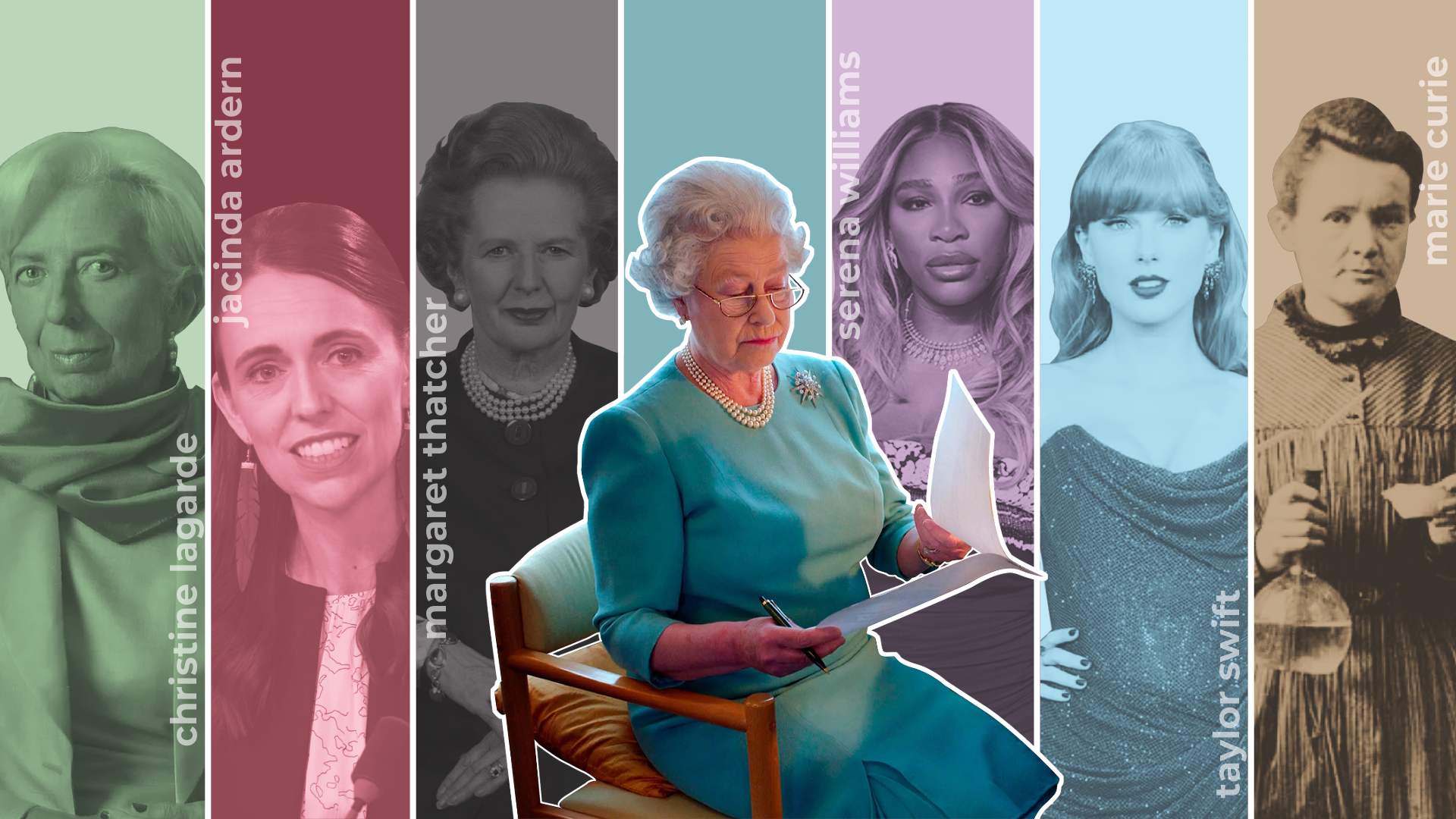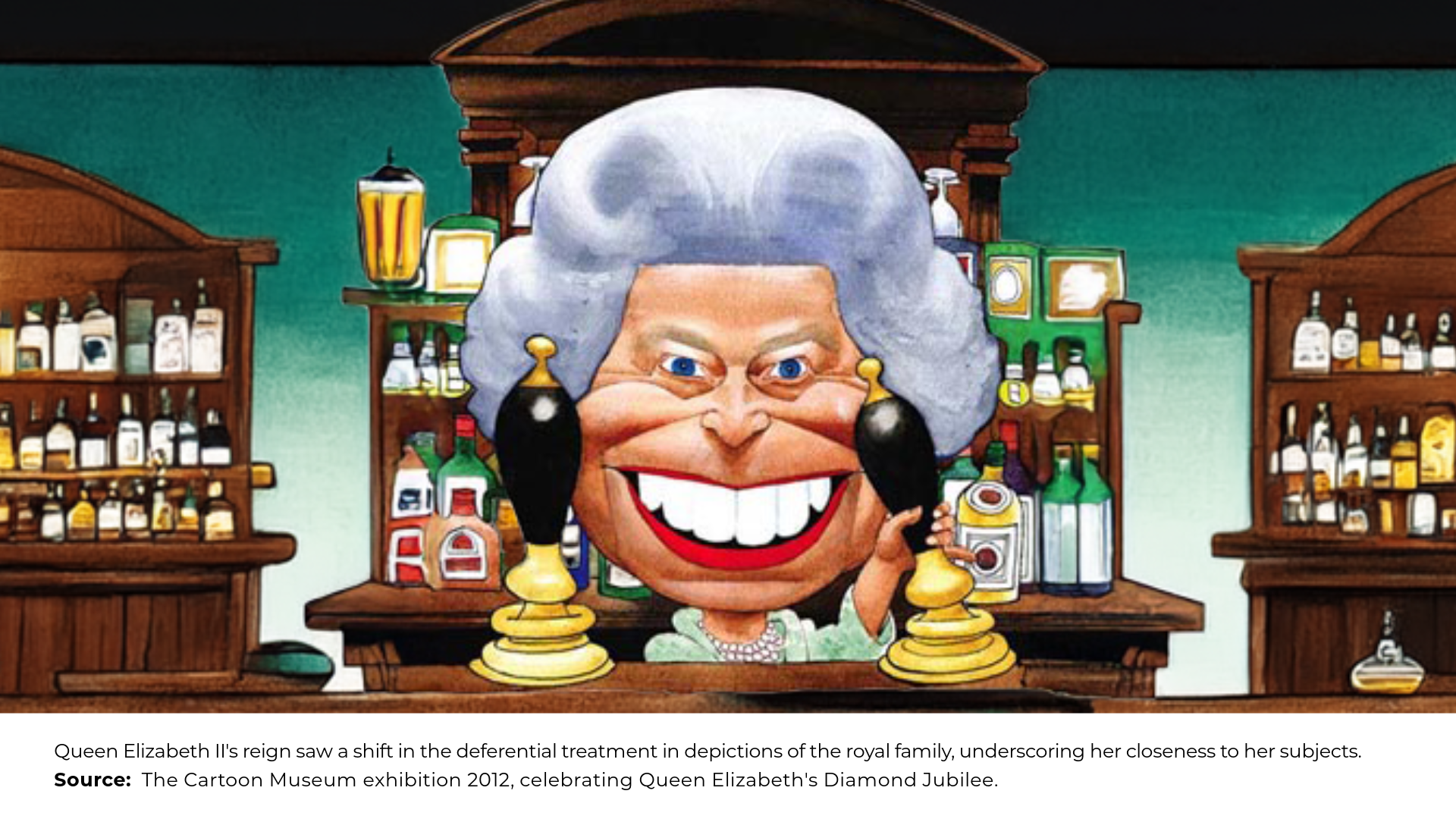Investing in Vietnam — Asia’s Bright Spot
Vietnam’s economy has been one of resilience and steady growth and this success was based on strong fundamentals and policies developed over the past three decades.
From shaping the Commonwealth to pioneering sustainability, the late monarch serves as a powerful example for leaders today
By :Jane Prior Feb 25,2025 5-7 minutes
Leaving behind a legacy is different for each individual – from money in the bank, to a masterpiece, to nurturing the next generation, and of course, in today’s business world, financial success; measured in corporate resilience and share price.
Beyond ordinary mortals, corporate leaders are even more keen to leave behind a tangible legacy that will bear witness to their success. With International Women’s Day (IWD) approaching, it seems timely to consider the leadership legacy of some of the women who have shaped our modern-day thinking about equality, inclusion, leadership, strategy, and indeed, even warfare.
In this series on Women and Leadership, we are exploring the legacy of remarkable women who have come before, broken through their respective glass ceilings to etch a name for themselves and future generations of women and men.
 These women, such as Marie Curie, Margaret Thatcher, Eleanor Roosevelt, Indira Gandhi, and Corazon Aquino, have defined grace with a steely resolve in leading nations, movements, learning, and innovation. But arguably one of the most iconic, loved, and profound women of the 20th century, Queen Elizabeth II led not only a nation through wars and economic crises but also defined the brand and culture that is today associated with global royalty.
These women, such as Marie Curie, Margaret Thatcher, Eleanor Roosevelt, Indira Gandhi, and Corazon Aquino, have defined grace with a steely resolve in leading nations, movements, learning, and innovation. But arguably one of the most iconic, loved, and profound women of the 20th century, Queen Elizabeth II led not only a nation through wars and economic crises but also defined the brand and culture that is today associated with global royalty.
Looking beyond the uniforms, traditions, pomp, and ceremony, over the past seven decades she consistently demonstrated some of the best attributes of a successful CEO at the head of this global brand – the House of Windsor.
Building the Institution Through Culture
First of all, leaders need to display the commitment, resolve, and absolute confidence that keeps things moving forward according to plan.
However tough the times, whatever the challenges, leadership needs to be steadfast on the principles which are the foundations of a culture embedded within a brand.
The Queen needed to reassure everyone, from the people to the staff, to foreign nations and investors, that everything was built on an immutable code of conduct, decorum, and order.
This was essential in moving the nation and indeed the world in the right direction at a time of uncertainty, whilst simultaneously making sure the organisation had not only the agility to adapt but also the ability to thrive in times of change.
By “walking the talk,” Queen Elizabeth’s involvement in environmental discussions played a deep role in shaping sustainable policies across the Commonwealth.
In this context, the first challenge facing the newly crowned Queen Elizabeth II was to rebuild the Commonwealth of Nations. Already floundering, as many member nations, formerly of the British Empire, had gained their independence and were not inclined to favour colonialism – plus, Britain was losing its position as an economic powerhouse.

Queen Elizabeth II’s crusade of soft power and diplomacy took her to each country in turn to unite them behind a new vision for the Commonwealth. No longer about swearing allegiance to a distant London, the future direction was to build a network of partnerships and collaboration that would deliver tangible economic benefits to all the member countries.
A wonderful lesson in not only diplomacy but also in building consensus among key stakeholders, is one right out of modern management books.
How should any aspiring chief executive build a consensus and engender confidence in the new order as conditions change and fluctuate?
Many of the former British colonies were newly independent, reborn, and anxious to make their mark on global geopolitics. Giving them something from the past to hold on to, by way of core principles, foundations including civil and commercial law, a ready-made network of partners, and a defence ecosystem with collaboration and camaraderie at the heart of it, was the royal agenda.
As the chief brand ambassador, spokesperson, and diplomat, Queen Elizabeth II needed to inspire the people of the world and convert the zealous chauvinist sceptics and mandarins at the same time!
On a whirlwind tour of nations during her visit in 1961, she most famously danced with Kwame Nkrumah, the first President of Ghana, sending a very public message of equality and support for African independence at a time when Ghana was being courted by the Soviet Union.
As a result, she earned a lifelong admirer in President Kwame and, at the same time, signalled to all the nations the new role the leader of the Commonwealth would play in the future, endorsing and supporting change.
Leaders today would do well to remember the importance of the personal touch and engagement that strengthens relationships, inspires camaraderie, support, confidence, and opens doors. She was the consummate brand ambassador and icon for the Commonwealth of Nations.
Strategic Sustainability: Long-Term Vision and Advocacy
As a leader of the global community, the Queen was strategic in her views on sustainability and the living environment of not only Great Britain but also of the Commonwealth.
Having worked with 15 different Prime Ministers during her reign as monarch, the Queen went through many unprecedented periods of extreme stress and turbulence in a rapidly changing country and world.
She had to also assess the qualities and resilience of 15 different personalities against rapidly changing social norms and mores to build a partnership for the immediate and long term.
The world was just recovering from a World War when she ascended the throne as a young woman. The Empire was rapidly disintegrating, which was preceded by industrial action and sometimes violent change across Britain. The territorial Falklands War, the Gulf War, a Global Financial Crisis, and a global pandemic were all part of the stress test for the monarch!
She needed to demonstrate resolve, courage, fortitude, and what was viewed as effortless charm through it all, to energise and unite her leaders and her people through what were rather bewildering and confusing times. A mark of a good leader is one who is able to remain calm, carry on, and communicate to inspire her people, her leaders, and partners to achieve what is believed to be impossible.
_1740450311.png)
In working alongside long-time friend and renowned environmentalist Sir David Attenborough, the Queen supported the launch of the “Green Canopy Initiative,” when over three million trees were planted across the United Kingdom (UK), involving schools, communities, businesses, and individuals to promote environmental awareness and biodiversity through the creation of 70 ancient woodlands.
By “walking the talk,” Queen Elizabeth’s involvement in environmental discussions played a deep role in shaping sustainable policies across the Commonwealth. Most importantly, leaders need to be authentic, and for all the images of pomp and ceremony, stories prevail of a Queen in rubber boots and a headscarf who remained grounded and connected to the land and the needs of the countryside.
She was not afraid to show that she could roll up her sleeves and get cracking with the job!
Building and Protecting Her People
Anyone who has been to London will appreciate the economic pull of the Royal brand. Valued at estimates of almost a trillion pounds, the royal brand does more than bring in marketing pounds.
It fostered international alliances, championed inclusive, equal opportunity agendas, and ultimately growth and tolerance for a very diverse world that was the Commonwealth.

Her long-term vision, strategic approach, diplomacy – reaching across the divide to unite differing opinions – are modern-day skills needed for the most successful global business leaders, especially in these rather complex business environments. In looking at the Queen’s legacy of leadership, she was a leader with heart, unwavering in her sense of duty to her people, to the ideals, and to the strategic goals of the nation and the Commonwealth.
Not necessarily a great orator, but definitely a commanding and charismatic voice, she was a leader with authenticity, care, and compassion. She was able to inspire her leaders to face challenges head-on and inspire similar qualities in them when dealing with adversity, with calm resolve, steely determination, influence, and effort.
She was a proper role model not just for all women, but for all leaders, nation-builders, and young aspirants.
Vietnam’s economy has been one of resilience and steady growth and this success was based on strong fundamentals and policies developed over the past three decades.
Cybersecurity should be centre stage for all companies but too often strategies and urgent implementations forget the basics – that people still represent the greatest risk.
Public pressure is mounting on the beleaguered airline industry to open international borders for travel as usual in the face of constantly changing restrictions and vaccine uptake.
The path to success can be varied – but as everyone knows, we learn more from our mistakes than the easy wins.
Leave a Reply Cancel reply